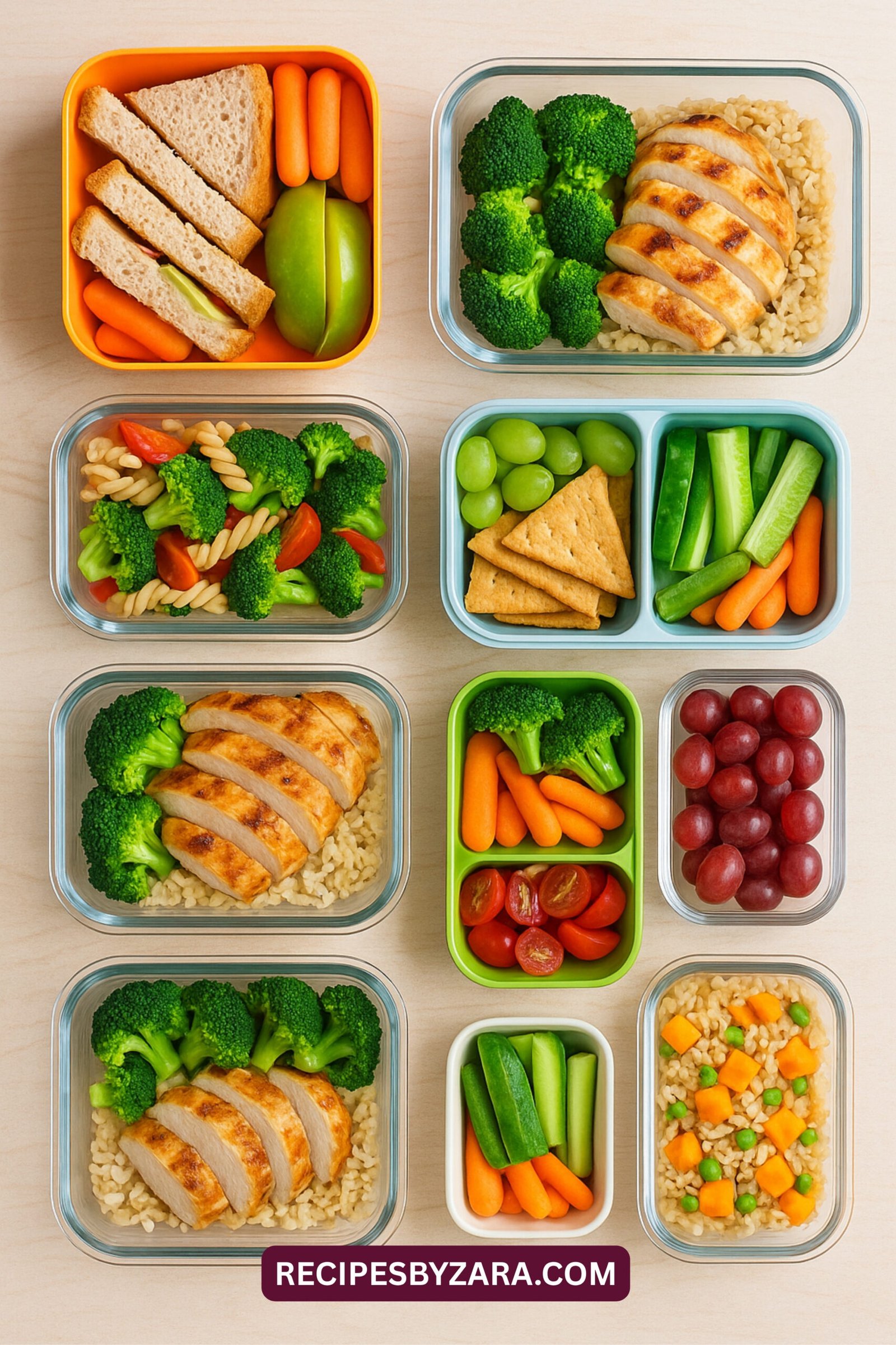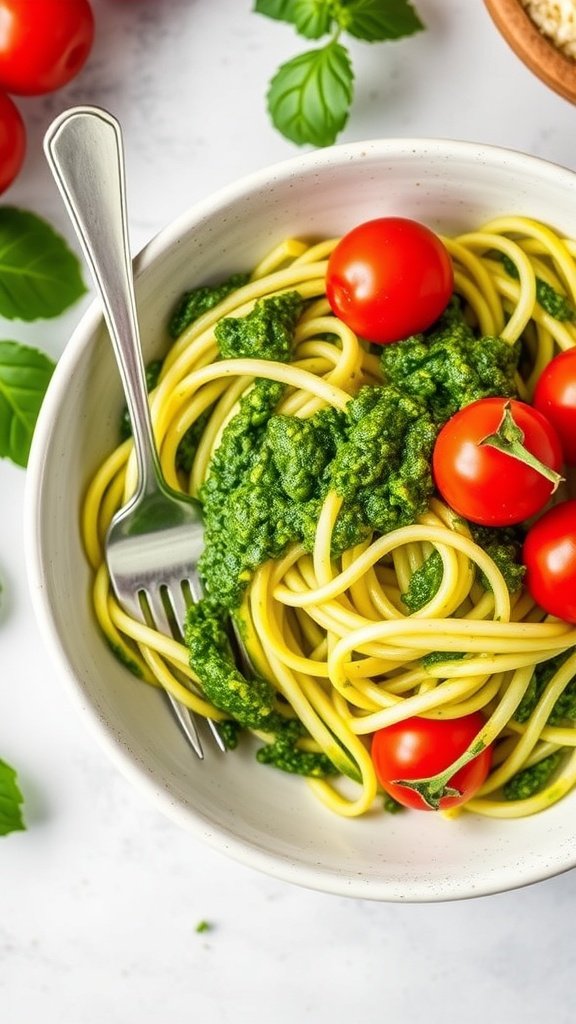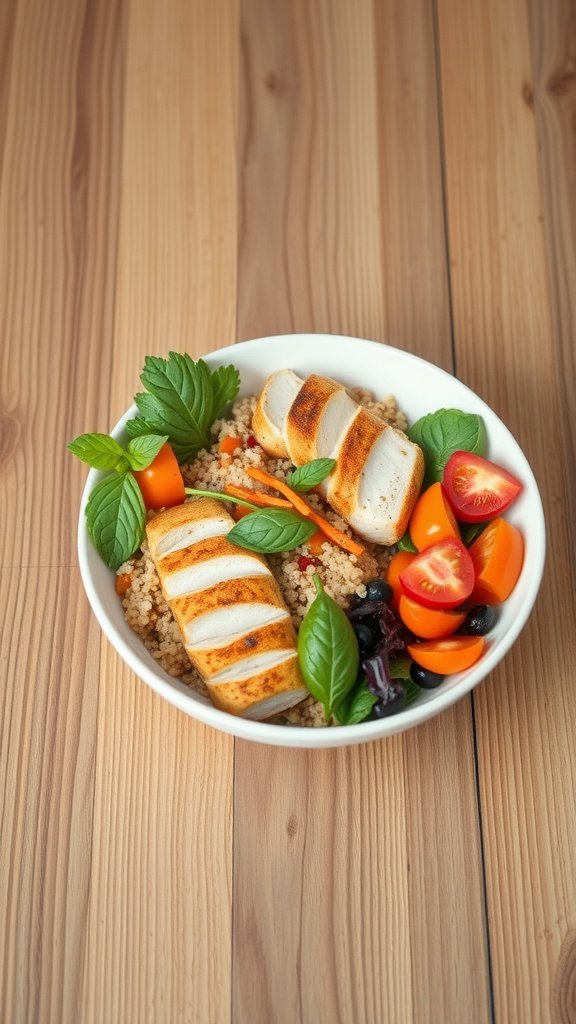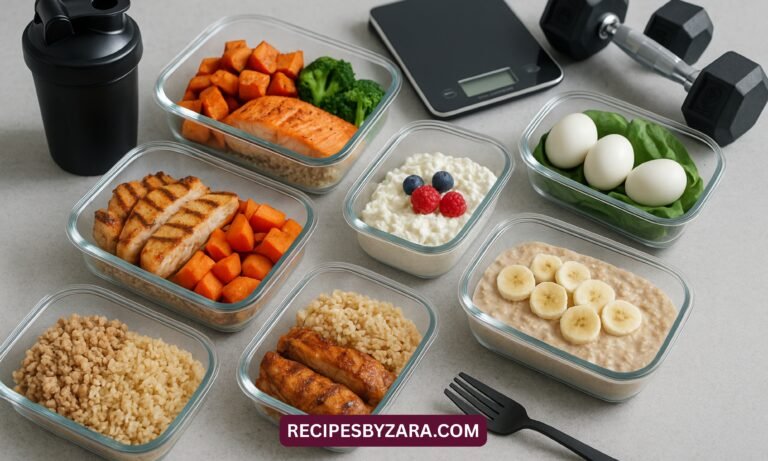Family Friendly Meal Prep
Simplify your week with this ultimate family friendly meal prep guide. Discover time-saving recipes, storage tips, and strategies to make healthy, delicious meals your whole family will love without the stress.
Meal prepping as a family isn’t just about foodit’s about building habits that lead to a healthier, more organized lifestyle. Whether you’re a busy parent juggling work and home, or simply trying to create more structure around meals, learning the art of family friendly meal prep is a powerful strategy. It saves time, cuts costs, and ensures your loved ones are eating balanced, nutritious meals every day.
The beauty of family friendly meal prep lies in its versatility. It adapts to different ages, tastes, and schedules. You can prepare toddler snacks alongside adult lunches, make-ahead breakfasts for school mornings, and delicious dinners that reheat perfectly after sports practice or late meetings.
This guide offers a complete breakdown of how to succeed at family friendly meal prep. From planning and shopping to storage and time-saving tools, you’ll find everything you need to take control of your family’s meals.
1. What Is Family Friendly Meal Prep?
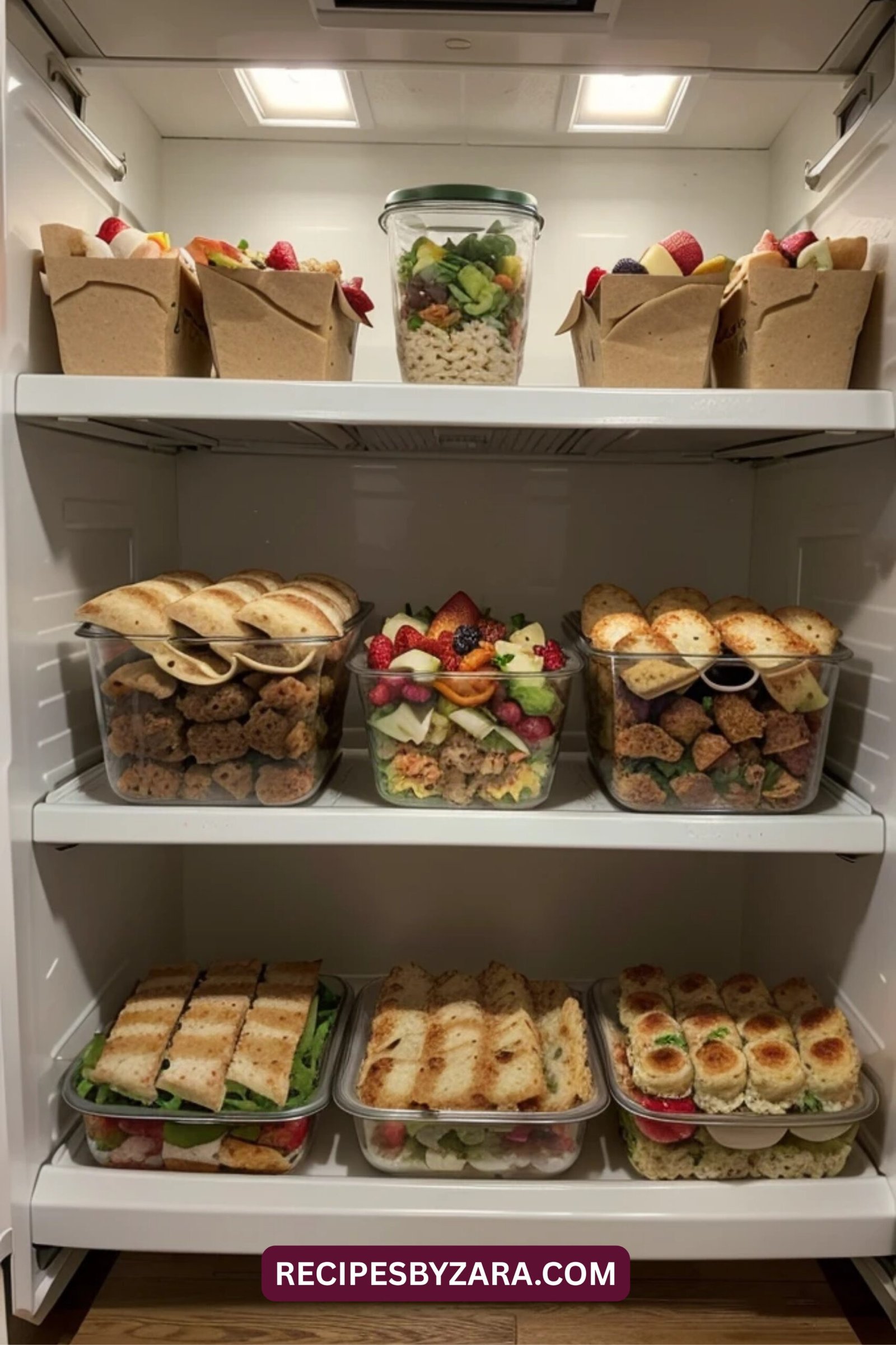
Family friendly meal prep is the practice of preparing and organizing meals ahead of time specifically tailored to meet the needs of a household. This includes making lunches for kids, dinners for parents, and snacks everyone can enjoy. The goal is to make mealtimes easier, healthier, and less chaotic.
Unlike individual meal prep, which focuses on single servings and personal preferences, family meal prep takes into account the likes, dislikes, allergies, and portion sizes of multiple people. This makes it slightly more complex, but with proper planning, it becomes a smooth weekly routine.
Meal prepping for families means thinking in larger batches and versatile components. Instead of prepping identical meals for everyone, you prepare ingredients that can be combined in different ways. For example, grilled chicken can be served in wraps, with pasta, or alongside roasted veggies for three different meals.
By customizing your approach, family friendly meal prep ensures everyone gets what they enjoy while minimizing daily cooking stress.
2. Benefits of Family Meal Prep
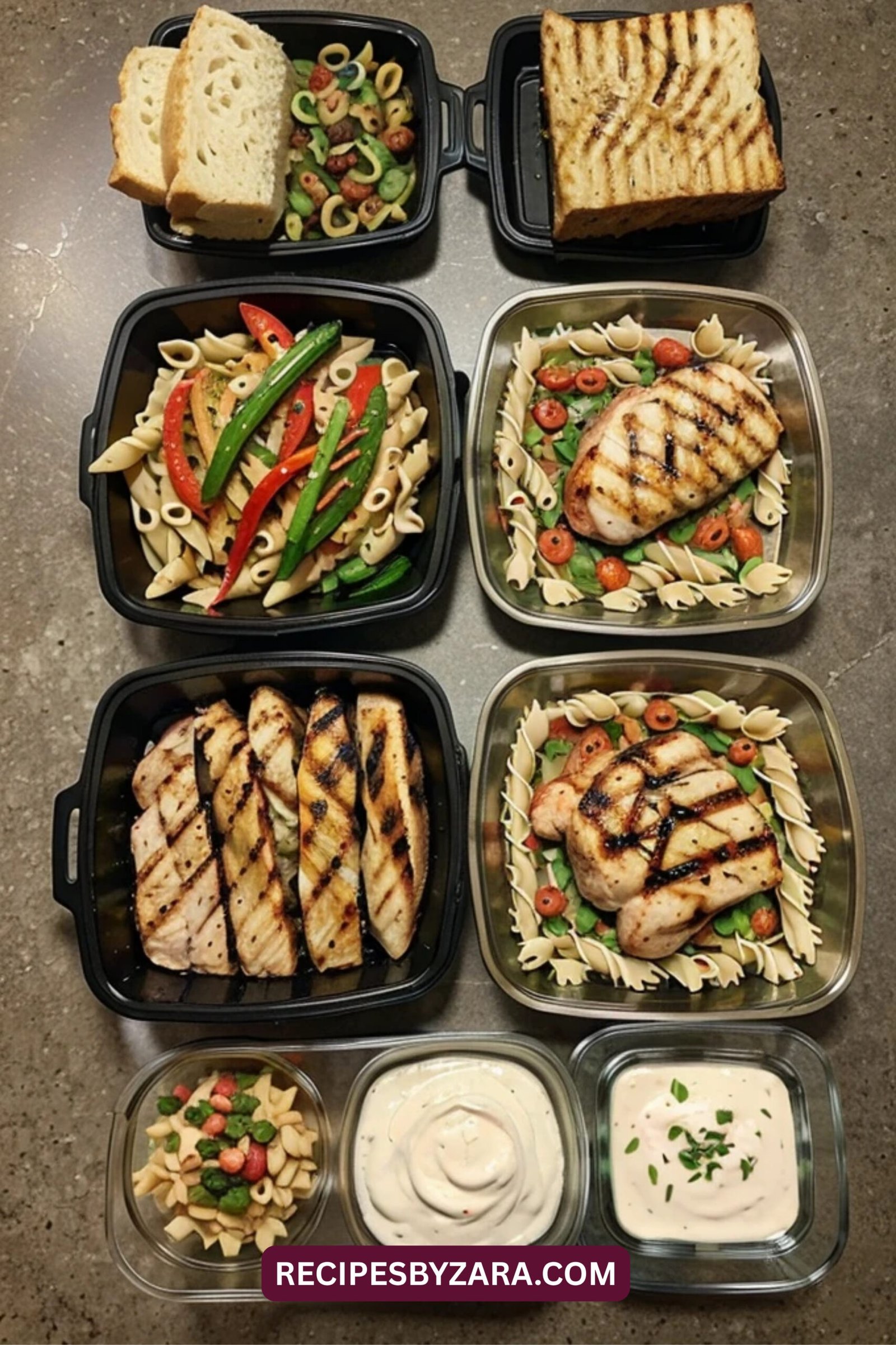
The benefits of family friendly meal prep are immense. First and foremost, it saves time. By prepping meals on a weekend or evening, you avoid the daily grind of figuring out what to cook. No more scrambling during the dinner rush you simply reheat and serve.
Another major benefit is saving money. When you plan ahead, you buy only what you need, take advantage of bulk pricing, and avoid the costs of frequent takeout. Budget family meals become achievable, and food waste is dramatically reduced.
Health is also a critical benefit. Prepped meals can be customized to include fruits, vegetables, lean proteins, and whole grains, helping you stick to clean eating goals. Whether you’re preparing toddler-friendly dinners or healthy school lunch prep, you’re building a foundation for lifelong wellness.
Finally, it improves your family routine. With predictable meals, evenings are less stressful, and you gain more time for homework, bedtime, or just unwinding. Consistent meal prep leads to consistent nutrition and structure.
3. Planning Your Weekly Menu as a Family

Good planning is the heart of successful family friendly meal prep. Start by gathering input from everyone. Ask your kids what meals they enjoy and allow them to help choose a few dishes for the week. This gives them a sense of ownership and increases the chances they’ll eat what’s prepared.
Aim to balance preferences with nutrition. If your kids love pasta, make it a healthier version with hidden veggies or whole-grain noodles. If your spouse loves spicy food, prepare add-ons like hot sauce that can be customized without affecting the whole dish.
A strong menu is diverse but practical. Rotate favorite meals, add a new recipe occasionally, and repeat meals in new forms to prevent boredom. For example, Monday’s baked chicken can become Wednesday’s tacos. This type of flexibility makes for a family friendly grocery list that works.
To stay organized, create a visual calendar or use a meal planning with kids app. You can build routines like “Meatless Monday” or “Taco Tuesday” to streamline decision-making while keeping meals exciting.
4. Best Ingredients for Family Meal Prep
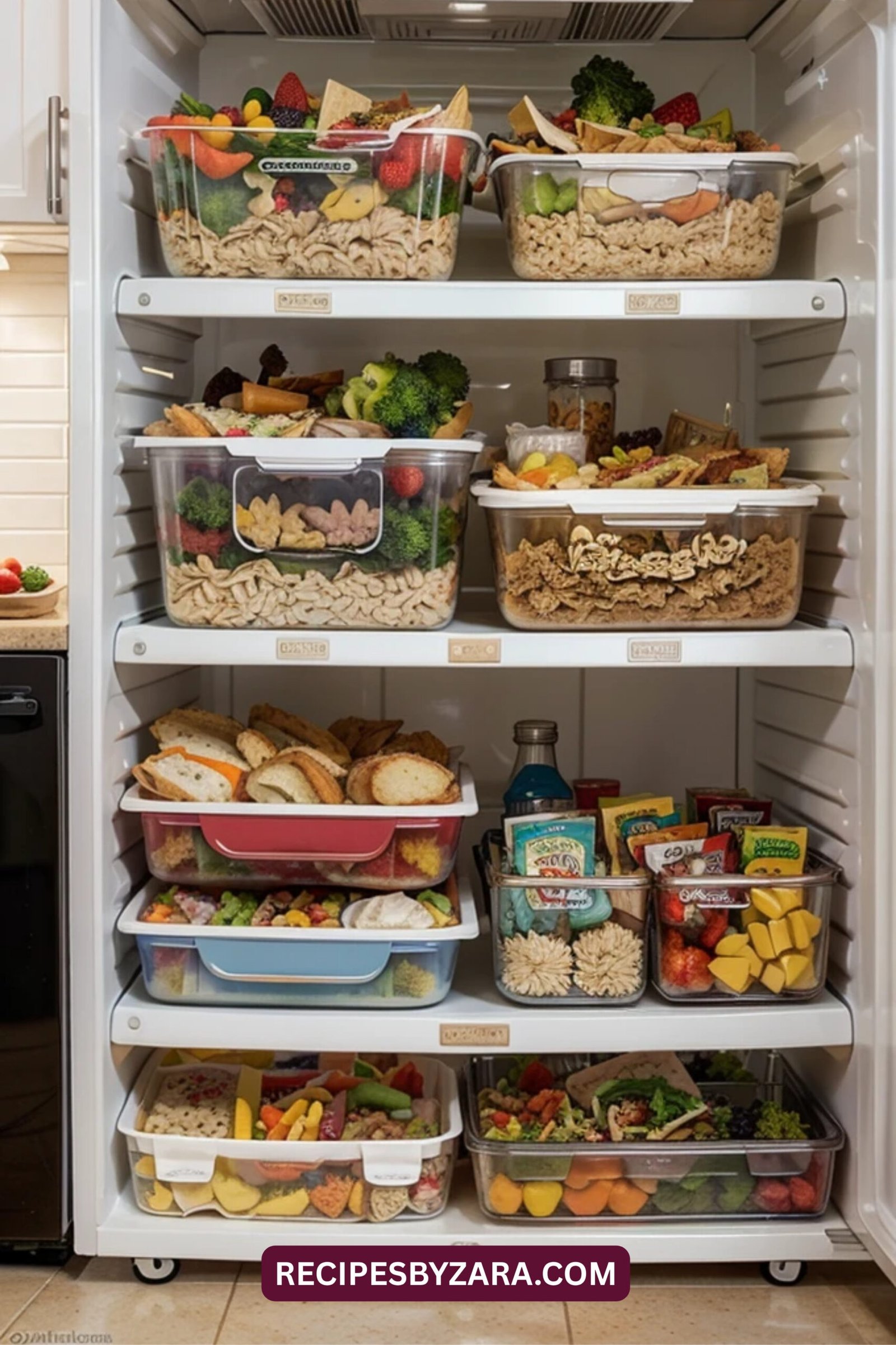
The best ingredients for family friendly meal prep are versatile, kid-approved, and easy to store. Grains like brown rice, whole wheat pasta, and couscous are great bases for multiple meals. Proteins such as ground turkey, chicken breast, eggs, and lentils provide variety and nutrition.
Vegetables should be prepped in bulk. Carrots, broccoli, sweet potatoes, and bell peppers are kid favorites that hold up well in storage. Add spinach or kale to sauces and casseroles for an easy nutrient boost. These are also ideal for batch cooking for families.
Snack ingredients matter too. Prep fruits like apple slices, grapes, or berries into portions. Make homemade granola bars or muffins using oats and bananas perfect for healthy school lunch prep or after-school hunger.
Avoid ingredients that spoil quickly or don’t reheat well, like avocados, cucumbers, or cream-heavy sauces. Stick to staples that can stretch across several dishes and stay fresh in containers.
5. Family Friendly Batch Cooking Ideas
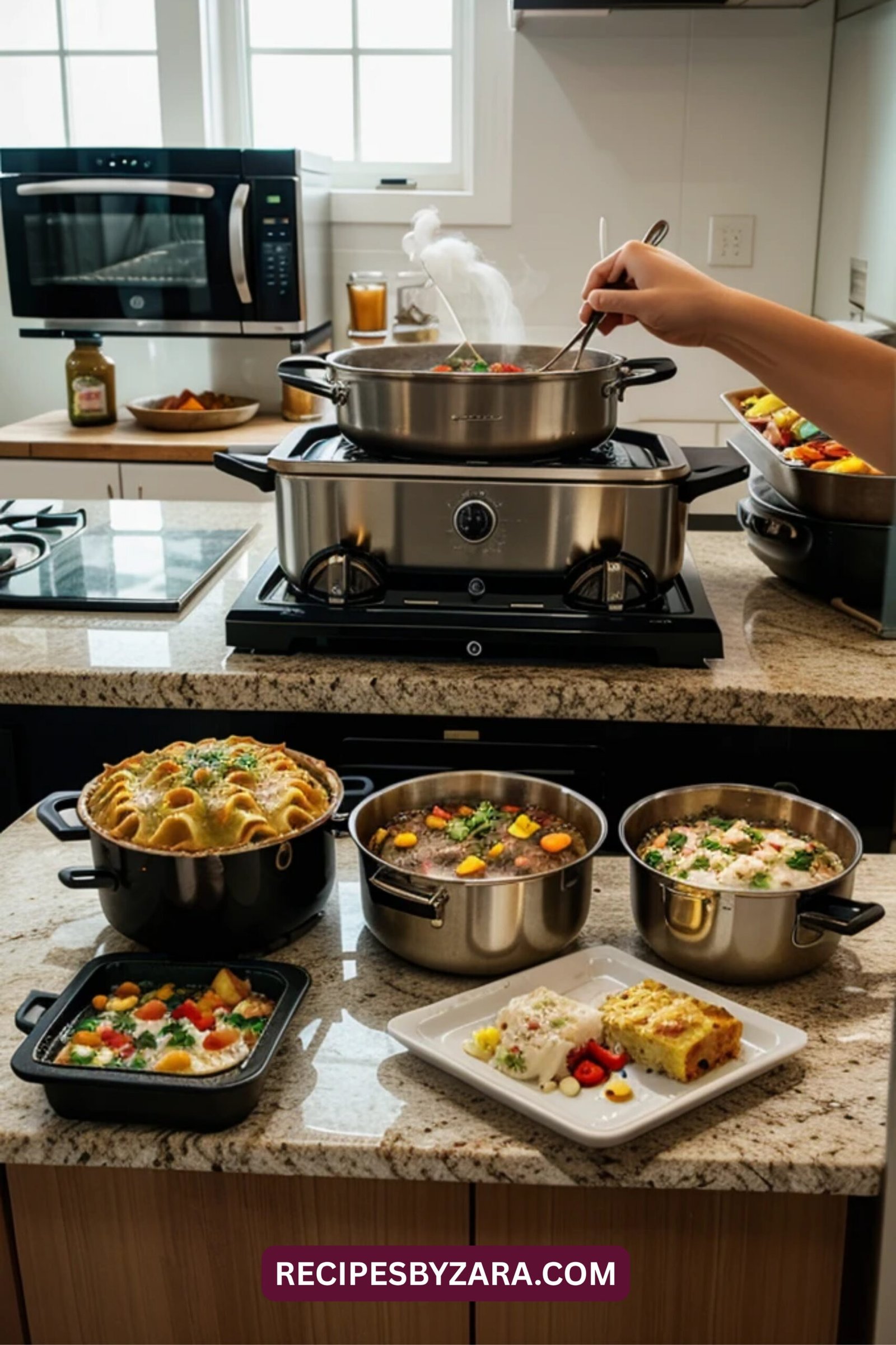
Batch cooking is essential for streamlining family friendly meal prep. Start with one pot family meals like chili, stew, or stir fry. These are easy to make in large quantities and can be adjusted to suit different taste preferences.
Make freezer-friendly options like lasagna, casseroles, or enchiladas. These dishes store well and only need reheating on busy nights. Add a side salad or fruit cup, and you have a complete meal.
Lunch can include wraps, sandwiches, or rice bowls made from bulk-cooked proteins and veggies. Store in meal prep containers for kids for easy grab-and-go mornings.
For breakfast, prep items like egg muffins, overnight oats, or mini pancakes. These easy family breakfasts are great for quick mornings and reduce the temptation of sugary cereals.
6. Time-Saving Tools and Storage Solutions
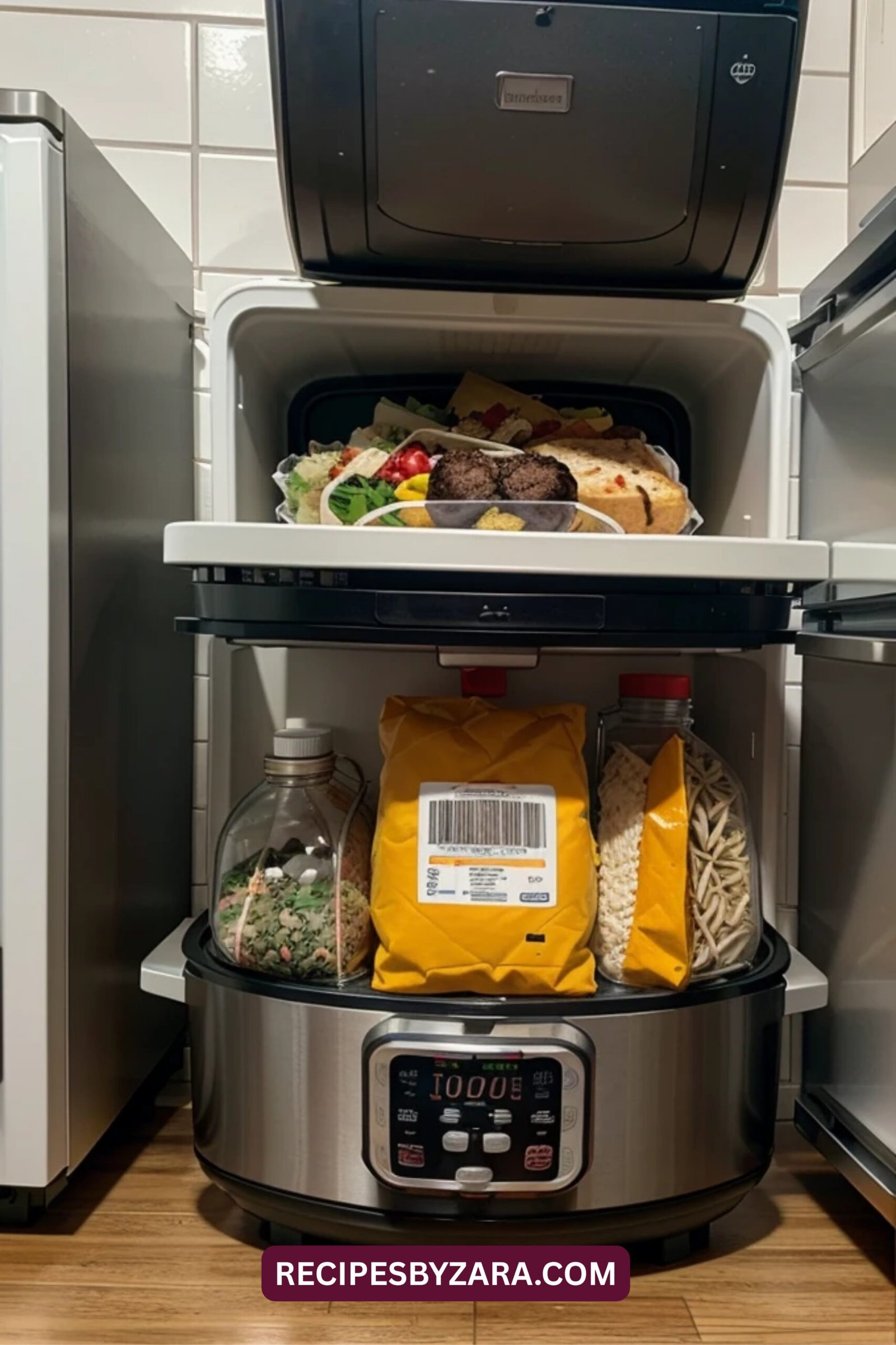
Investing in the right tools makes family friendly meal prep easier and more efficient. A slow cooker or Instant Pot can prepare large meals while you handle other tasks. Food processors save chopping time, and silicone baking mats reduce cleanup.
Containers are crucial. Use BPA-free, leakproof boxes in various sizes. Reusable prep containers with compartments are great for separating kid portions and adult servings. Label everything with date and contents.
Organize your fridge and freezer with bins and baskets. Store meals by day or type (e.g., dinners on top shelf, breakfasts below). Follow a simple food rotation system so older meals get used first.
Teach kids how to grab their own lunchboxes or snacks from labeled bins. This fosters independence and cuts your workload during the week.
7. Overcoming Common Challenges
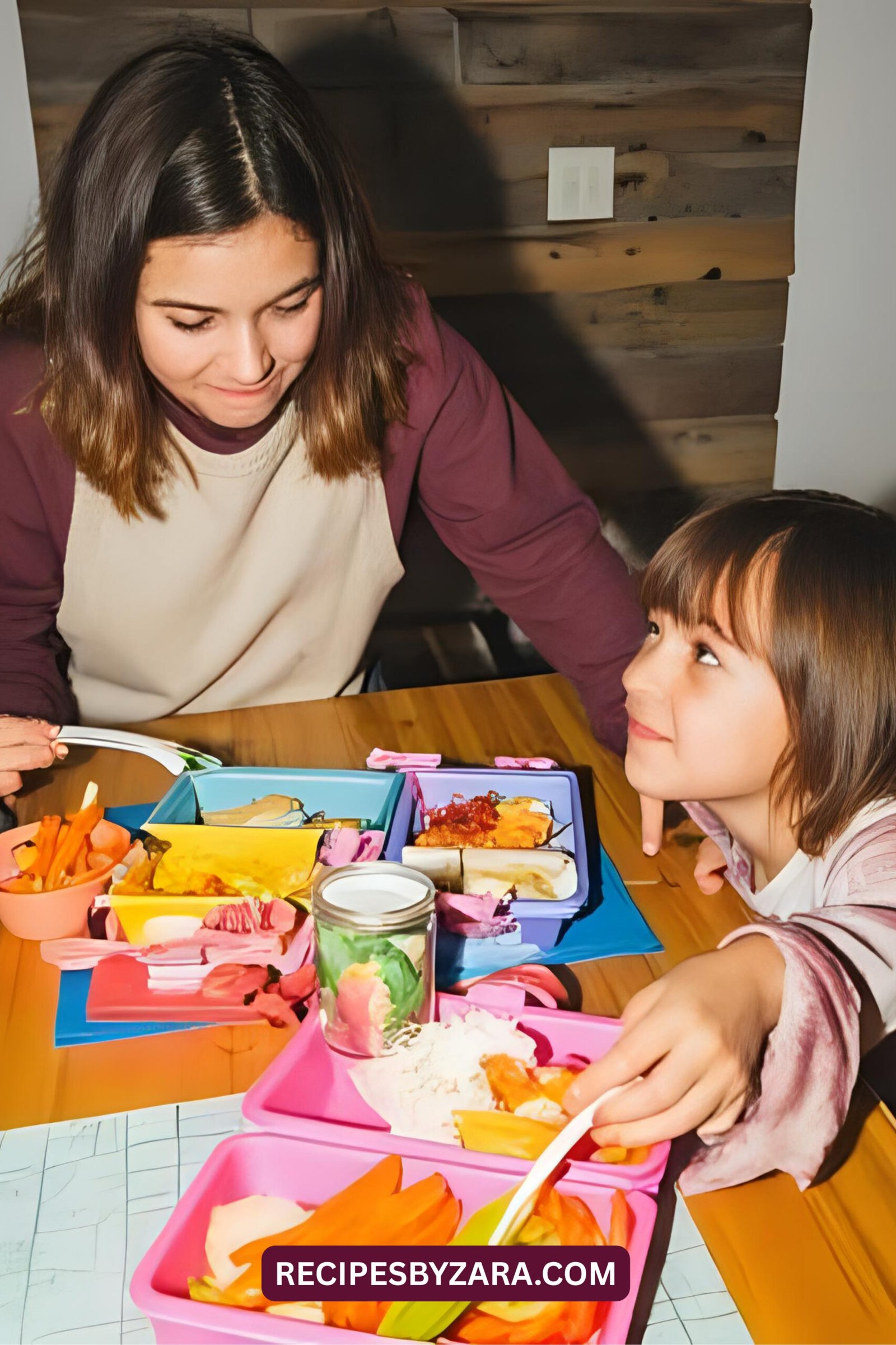
One challenge is picky eaters. Involve them in perplexing their choice of snacks, stir sauces, or pack their own lunches. Giving kids control makes them more likely to try new foods and enjoy meals.
Another issue is boredom from repeating meals. Prevent this by using sauces, toppings, and mix-ins to reinvent dishes. For example, plain rice can become a stir fry, burrito filling, or side dish depending on what you add.
Keeping prep sessions fun also helps. Play music, turn it into a game, or have a “cooking challenge” where everyone preps their favorite meal. These strategies build teamwork and reinforce family meal prep strategy.
Adjusting for allergies requires extra planning. Create allergen-free versions of recipes and store them separately. Use distinct containers or color-coded labels to prevent mix-ups.
8. Sample Meal Prep Plan for a Week
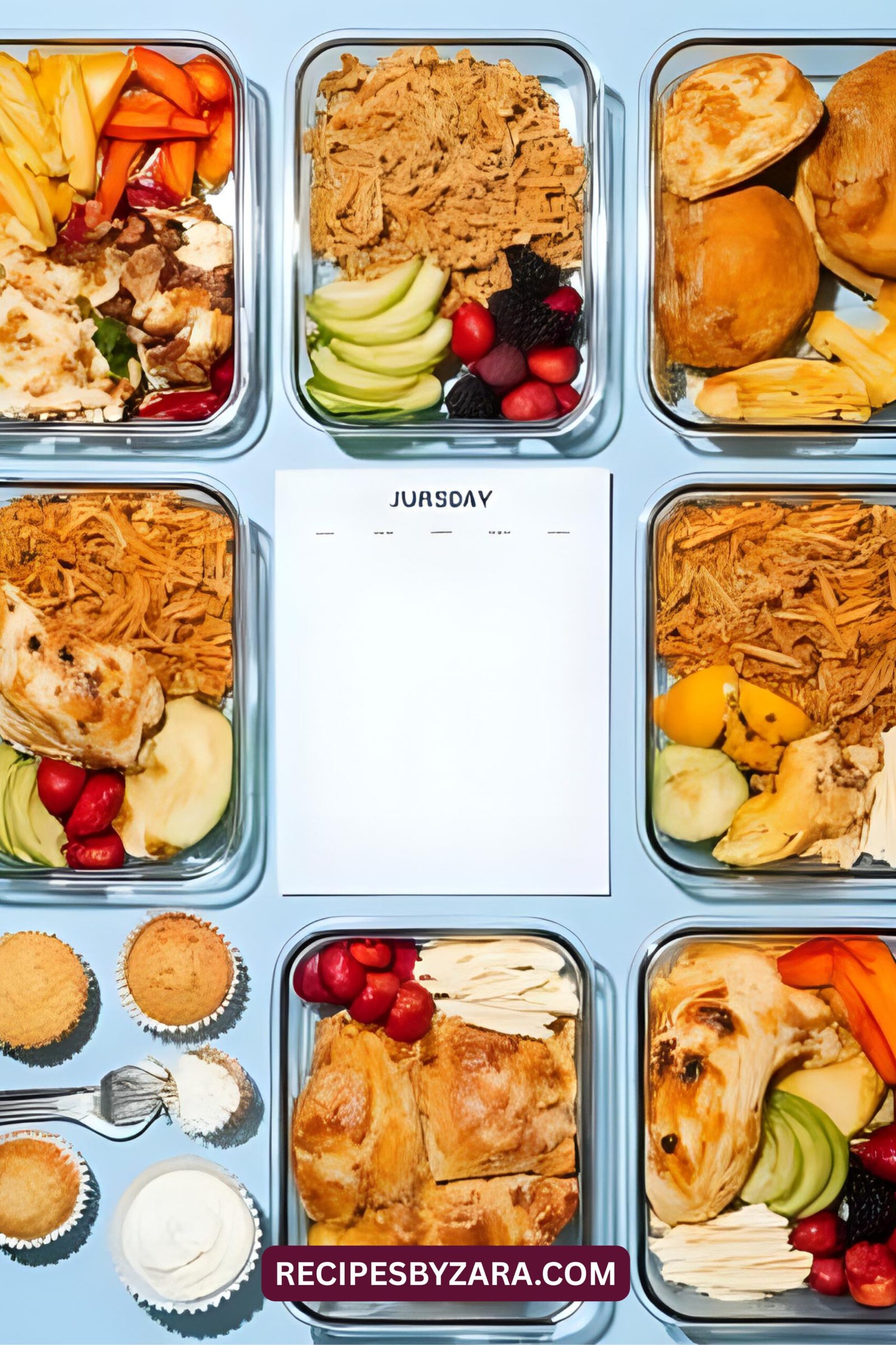
Here’s how a sample week might look:
Sunday Prep Day: Cook ground turkey, roast veggies, boil pasta, make muffins, portion fruit, and prep a soup. Store in labeled containers.
Monday: Turkey tacos, veggie sticks, fruit cups.
Tuesday: Pasta with roasted veggies and cheese.
Wednesday: Soup and grilled cheese sandwiches.
Thursday: Turkey wraps with salad.
Friday: Baked chicken and sweet potato mash.
Saturday: Leftovers and freestyle night.
Sunday: Pancakes, eggs, and fruit.
Include a sample grocery list for a family of 4 with basics like rice, ground meat, eggs, oats, fruits, and frozen veggies. Use a printed or digital planner to organize.
Follow reheating guidelines for safe serving. Use a microwave, oven, or stove as needed. Store prepped food in the fridge for up to 5 days, or freeze extras for later use.
9. Budget Tips for Family Meal Prep
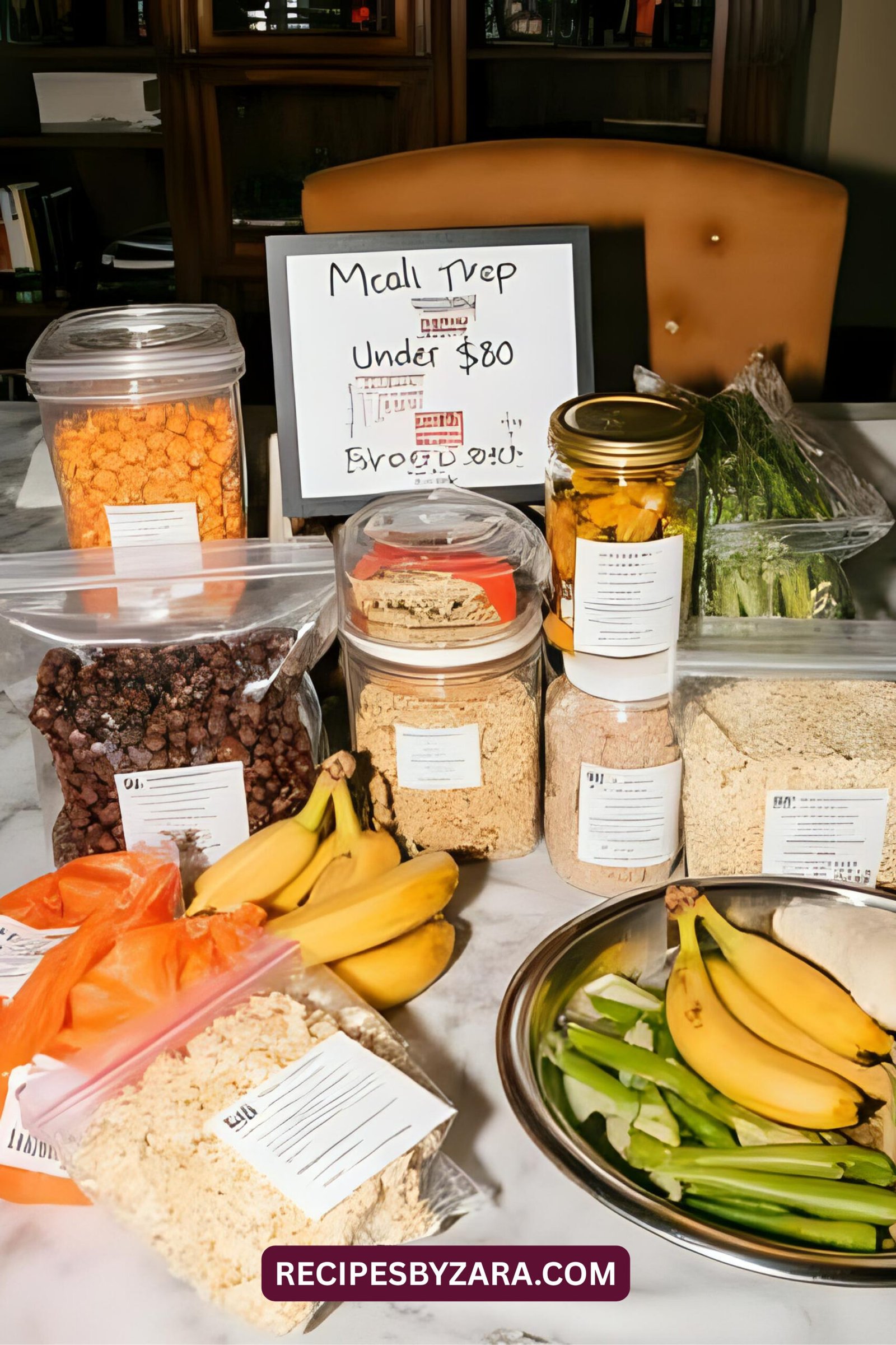
Meal prepping doesn’t have to be expensive. Buy in bulk from warehouse stores or local markets. Stock up on versatile items like beans, grains, and frozen vegetables.
Double recipes and freeze half this “cook once, eat twice” strategy saves time and money. Focus on low-cost, high-volume meals like chili, casseroles, and stir fry.
Plan meals around sales and seasonal ingredients. For example, use squash in fall or berries in summer to save on produce. This supports seasonal shopping and sale planning.
Use every part of an ingredient. Roast a whole chicken, then use leftovers in sandwiches, salads, and soup. Stretching meals is key to staying within budget.
10. Long-Term Benefits of Consistent Meal Prep
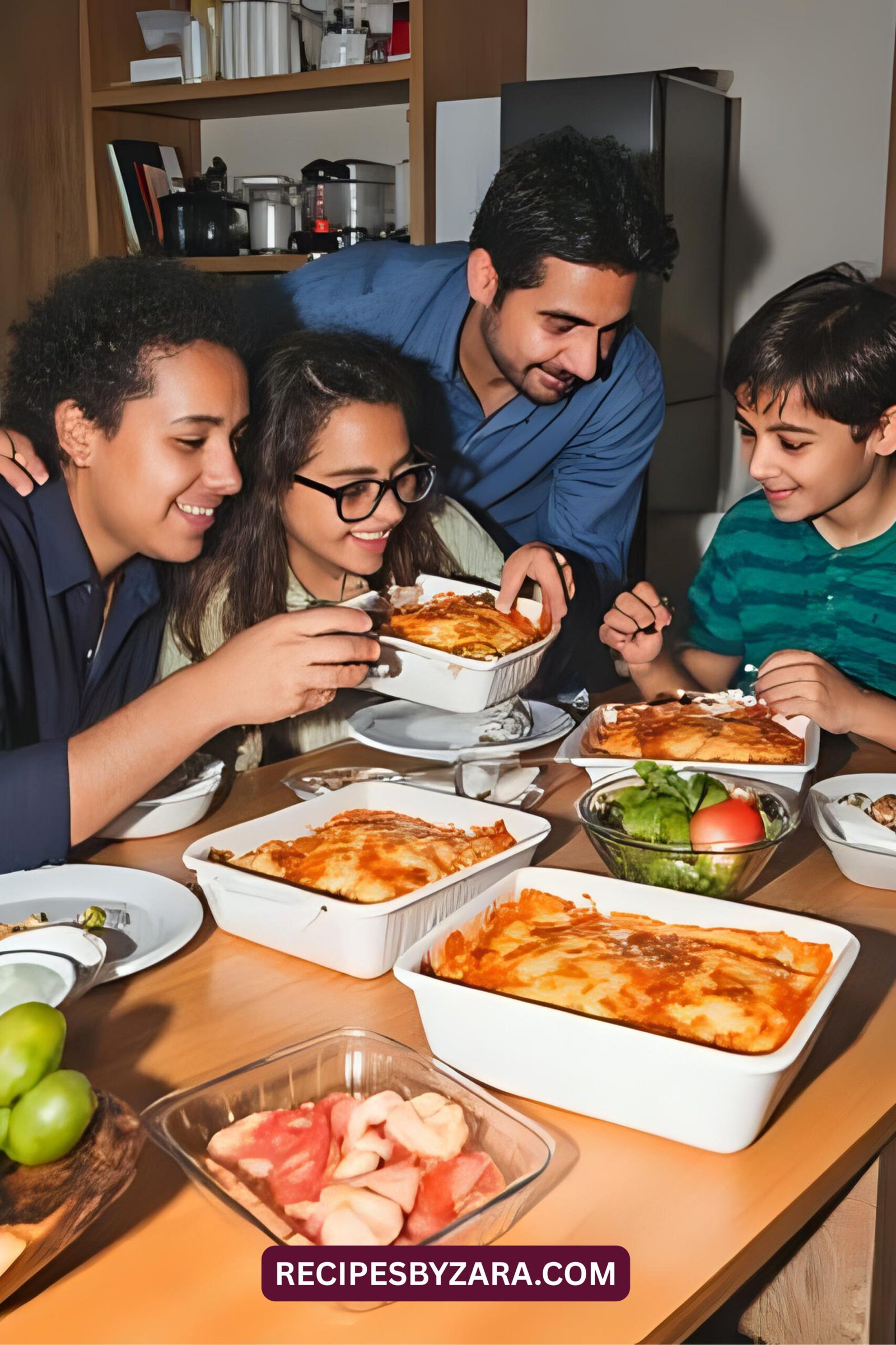
When you stick with family friendly meal prep, the results compound. Kids develop healthier eating habits and understand the value of nutritious food. It becomes part of their lifestyle.
For parents, there’s less daily decision fatigue. Meals are ready, routines are smoother, and you gain back mental energy to focus on what matters.
Mealtimes become an opportunity to connect. Eating together fosters better communication, manners, and emotional bonding. It strengthens your family unit.
Most importantly, you get more time. Time to relax, to enjoy hobbies, or to simply be present with your family. That’s the greatest gift of all.
FAQs
How long does family meal prep take each week?
Most families spend 2 to 3 hours one day per week on meal prep. This time includes cooking, portioning, and storing meals. The more you prep, the quicker and easier it becomes over time.
What are some kid-approved meal prep ideas?
Try baked mac and cheese, turkey meatballs, fruit parfaits, and mini quesadillas. These are easy to reheat and pack, and they cater to common kid preferences while being healthy.
Can you meal prep with a small freezer?
Yes, focus on fridge-friendly meals and store portions vertically to save space. Rotate meals quickly and freeze only what’s necessary for later weeks.
How do I store prepped food safely for my family?
Use airtight, BPA-free containers. Label them with the date and keep cooked food in the fridge for up to 5 days. Freeze extras and always reheat food to the correct internal temperature.
How do I keep meals interesting each week?
Rotate cuisines, try new recipes, and use different flavor profiles. Plan a theme night (e.g., taco night, breakfast-for-dinner) to add excitement. Use sauces and toppings to change things up.
What’s a good portion size for kids vs adults?
Kids typically need smaller portions based on age and activity level. Use smaller containers for kids and adjust based on appetite. Balance meals with protein, carbs, and veggies.
Can I meal prep if my child has allergies?
Yes. Prepare allergen-free meals separately, use designated containers, and label everything clearly. Involve your child in the process to teach awareness and safety.
How can I include toddlers in meal prep?
Let them wash produce, stir ingredients, or portion snacks. Simple tasks empower toddlers and build independence. It also helps them become more open to trying new foods.
Is family meal prep good for picky eaters?
Absolutely. Involving picky eaters in the planning and prep makes them more open to meals. Gradually introduce new foods alongside favorites in small amounts.
What’s the best day to prepare meals as a family?
Sunday is the most popular day, but choose whatever fits your schedule. The key is consistency once you make it a routine, it becomes a weekly habit the whole family can enjoy.
